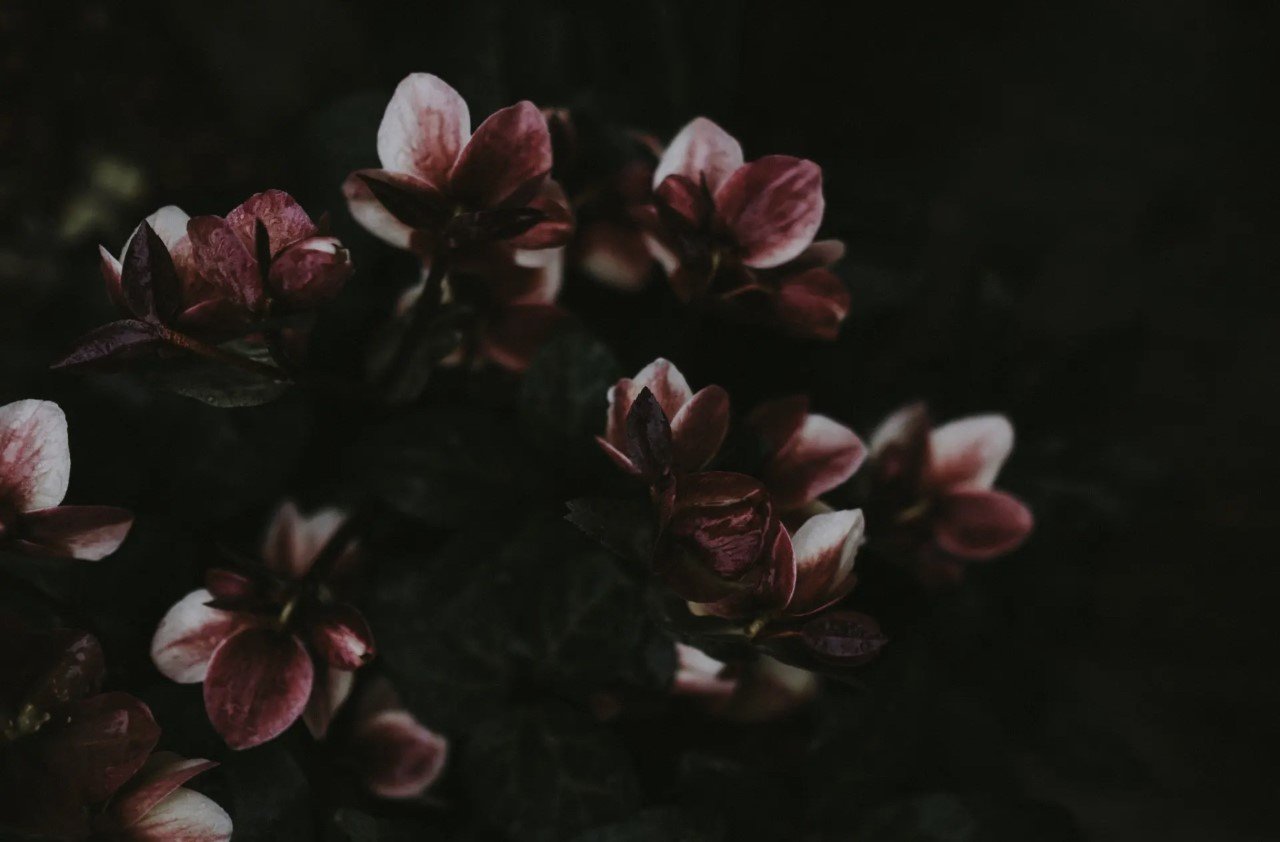
Aftercare
Aftercare Instructions
*If you have any questions regarding aftercare, please reach out to the studio or your artist directly. For any urgent matters outside of studio hours, please dial 811 to reach Healthlink.
Immediately following your tattoo appointment, your artist will wrap your tattoo in either second skin or a gauze pad. Your artist will discuss both types of bandaging and determine which is more suitable for your skin type. It is important to follow all aftercare instructions to guarantee the best healed result. Your skin’s healing process occurs in 3 stages and will take about 6 weeks to complete. The total time it takes to heal a tattoo is dependent on overall health, diet, stress, and receiving adequate sleep.

STAGE 1: Days 1-6
During this stage, your skin will start to leak blood, plasma, and ink. Any bruising, swelling, or redness occurring around the tattoo is normal and the result of increased blood flow to the area as an immune response.
Second skin clients - This bandage will stay on for up to 5 days. If any border redness or itchiness occurs within a few hours of application, take it off immediately as you may be experiencing an allergic reaction. It is normal to see fluid build up in this bandage while it is on. Remove this bandage early if the fluid begins to leak out of the bandage or if the corners peel up and expose the tattoo area. Do not participate in any activities that may make you sweat while this bandage is on. When it is time to remove, gently peel downward and away from the body. Removing your second skin under lukewarm water may help soften the adhesive
Gauze pad clients - This bandage can be removed the next morning
Upon removing your bandage, begin cleaning your tattoo twice a day or as needed with unscented soap and follow up with an unscented lotion. Fluid left on your skin for too long may cause more scabbing than usual. Once the tattoo has been exposed, it is important that you do not pick at anything that doesn’t come off on its own with a gentle wash. Do not touch your tattoo without cleaning your hands first in accordance to your local public health authority’s hand-hygiene procedure.
Wash your tattoo with any unscented soap using gentle circular motions using lukewarm water only.
Moisturize by applying an unscented lotion and ensuring it has been fully absorbed to avoid suffocating the area. Use a clean tool (such as a tongue depressor") to scoop out your product if it is not in a squeezable container. This will eliminate any risk of contaminating your product with any residual bacteria that may be on your hands.
Avoid submerging your tattoo in water or participating in activities that might create a prolonged moist skin surface for the first 2 weeks. This includes, baths, hot tubs, saunas, lakes, sporting activities, and going to the gym. Showering is okay.
Avoid tight-fitting or irritating clothing that may rub your fresh tattoo.
Ensure your bed sheets are washed daily on the hottest setting during Stage 1 of healing. Try to avoid sleeping or laying on your tattoo to avoid it sticking to your fabric.
Avoid letting your tattoo touch surfaces that you cannot ensure are free from dirt or bacteria. Do not wear dirty clothes. Do not allow any other people or animals to come into contact with your tattoo while it’s healing.
Keep your tattoo covered with loose, soft clothing and avoid direct contact with the sun. Sun exposure will cause your tattoo to fade significantly.
After the first couple of days, you might start to notice your tattoo scab or form dried skin flakes which makes your tattoo appear faded, this is normal. Growing pain, swelling, redness, warmth, yellow/green pus, deep scabbing, large raised lumps, and your skin not healing are not normal reactions to a tattoo. This is what it may indicate:
Growing pain, swelling, redness, warmth, yellow/green pus - It is likely that an environmental bacteria has entered your skin and caused an opportunistic infection. This will require consult with a medical professional.
Deep scabbing - Caused by trauma occurring during the healing process (ie; burns, scrapes, picking at scabs, etc.)
Lumps - Can occur if someone has extremely sensitive skin or has an underlying sensitivity to a particular type of ink (usually red dye)
Not Healing - This likely indicates an underlying health factor. This can range anywhere from poor nutritional habits to chronic illness
STAGE 2: Days 7-14
During this stage, your skin will start to look dry/dull and flake off dead skin. Typically this is when your skin will begin to feel the most itchy. Do not scratch your tattoo. If you are itchy, try tapping or patting the area instead.

STAGE 3: Days 15 - up to 6 weeks
During this stage, most of the dead skin has flaked off . It is possible some areas of skin will still appear dull, but you will start to see a fresh layer of skin being exposed. Sometimes the skin can appear slightly shiny and this is normal. For the remainder of this stage, your skin texture will gradually start improving and your tattoo still start to become more clear again. It is important to continue moisturizing your tattoo and protecting it from direct sunlight. Around this time, you will be able to see if a touch up would be needed and schedule accordingly. If this is a multi-session project then you will be able to get tattooed again during this stage as well.




